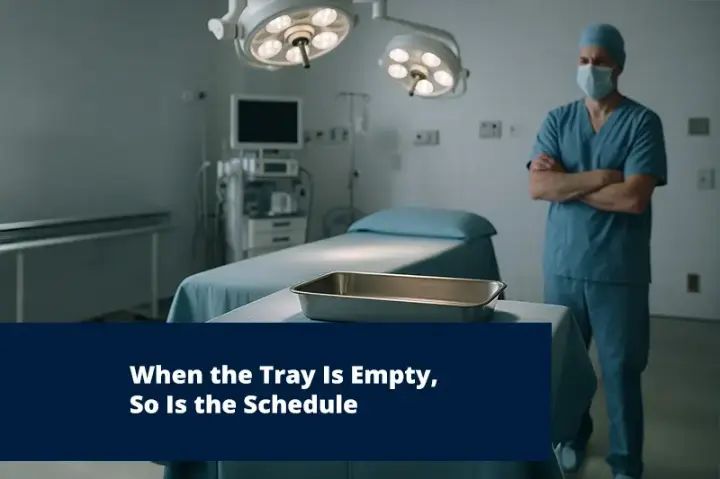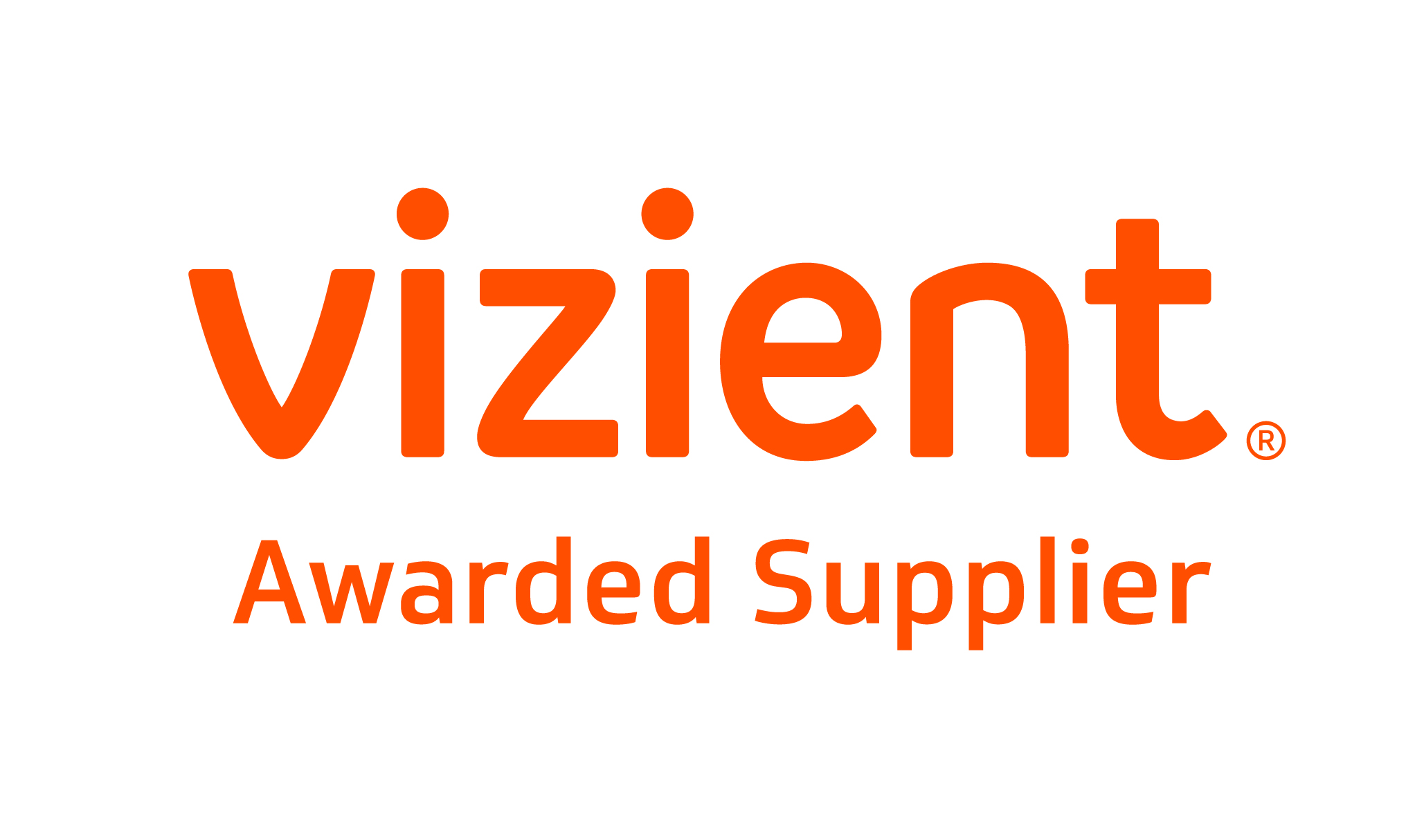
The Hidden Costs of Procurement Inefficiency in Hospitals — And How to Fix It
It’s easy to think of medical product procurement as a background process that quietly ensures supplies get where they need to go. But inefficiencies in hospital supply chains quietly drain budgets, slow care delivery, and pile stress onto already overwhelmed clinical teams.
Much of the impact is avoidable, and smarter, more strategic procurement practices can fix the problem.
Inefficient and Wasted Budgets
One of the most common problems in hospital supply chains is over ordering. It’s possible this could become even more of an issue in the future as many hospitals are moving from a process of ordering products just in time - as and when they need them, to a just in case strategy where products are kept in stock to mitigate against the increase in healthcare supply chain issues that have become more prevalent since Covid-19.
This only becomes problematic when you don’t have accurate inventory data, and you can end up ordering products that are already sitting on shelves — or worse, expired and were never used. A study by Navigant showed that hospitals could save millions annually just by tightening up their procurement practices. The study analyzed data from 2,300 US hospitals and found that facilities could save an average of 17.7% or $11 million annually.
Late Supplies and Delayed Care
It’s not just about having the right products, it’s about having them at the right time. Delays in supplies, especially critical ones, can disrupt everything from surgical schedules to pharmacy operations. Staff are left scrambling, patients are left waiting, and the entire system feels the strain.
A nurse searching for IV kits mid-shift or a surgeon forced to reschedule because an essential item didn’t arrive aren’t rare scenarios, and they’re symptoms of a system that’s reacting instead of planning.
The impact goes beyond workflow. Patient experience suffers, safety can be compromised, and hospitals risk compliance issues that could bring regulatory scrutiny.
Burnout Begins with Bad Systems
Ask any nurse or tech what frustrates them most, and chances are supply issues will come up. When procurement breaks down, frontline staff pick up the pieces outside their role, adding additional stress.
It’s no surprise that the 2023 Healthcare Executive Report released by Incredible Health found that over a third of nurses see supply chain issues as a major factor in job dissatisfaction. In an industry already struggling to retain staff, procurement workflows and inefficiency fuels burnout and staff turnover.
Wasted Staff Labor Costs
Hospitals teams already operate with tight margins, and labor is one of the biggest costs. In many systems, staff are spending hours chasing down vendors, manually placing orders, or reconciling paper invoices.
Worse still, last-minute fixes like expedited shipping for urgently needed products drive up costs and create a cycle of reactive decisions.
How to Fix Hospital Procurement Issues: Five Smart Steps
The issues discussed above often come down to procurement fault lines seen commonly across hospitals and healthcare settings.
Systems that don’t talk to each other — or still rely on spreadsheets
- No real-time visibility into inventory or historical usage patterns
- Working with too many suppliers without consistency in service or pricing
- Ordering reactively instead of planning with clinical schedules and historical usage
These aren’t just technical flaws, they’re strategic issues - but they’re fixable.
Adopt an Integrated Procurement System
A modern platform that brings together inventory management, order tracking, vendor performance, and analytics can transform how hospitals manage supplies. It reduces manual work, prevents over ordering, and improves transparency.
Streamline and Strengthen Supplier Relationships
Simplifying your vendor list down to a group of vetted, trusted partners creates consistency. It also gives you leverage better pricing, priority shipping, and clearer accountability when things go wrong.
Bring Procurement and Clinical Staff to the Same Table
By opening regular communication between supply chain teams and clinical leaders, purchasing becomes more strategic — and fewer resources go to waste.
Something as simple as monthly feedback sessions with nurses or OR staff can surface issues before they become systemic problems.
Let Data Drive the Ordering Process
Use historical consumption patterns, upcoming procedure schedules, and seasonal trends to inform purchasing decisions. Predictive analytics tools can help flag when and where supplies will be needed before there’s a gap.
Audit Often
Even the best procurement strategy isn’t set-it-and-forget-it. Regular audits help uncover outdated SKUs, duplicative orders, or underperforming vendors.
MAP Medical: A Strategic Procurement Partnership
Fixing inefficient procurement systems is a strategic issue that needs intentional, systemic solutions.
By investing in the right tools, processes, and working with the right partners, hospitals can turn procurement into a performance driver that delivers staff satisfaction and improved patient care.
MAP Medical is a key partner for hospitals, acute-care facilities, research and educational laboratories. MAP Medical delivers supply chain time and cost advantages with an inventory of 500,000 products from over 3,000 global manufacturers. We work with clients as a strategic partner that applies technology, strategic planning, insights and a national distribution network, to help ease the burden on medical procurement teams.


The Hidden Costs of Procurement Inefficiency in Hospitals — And How to Fix It